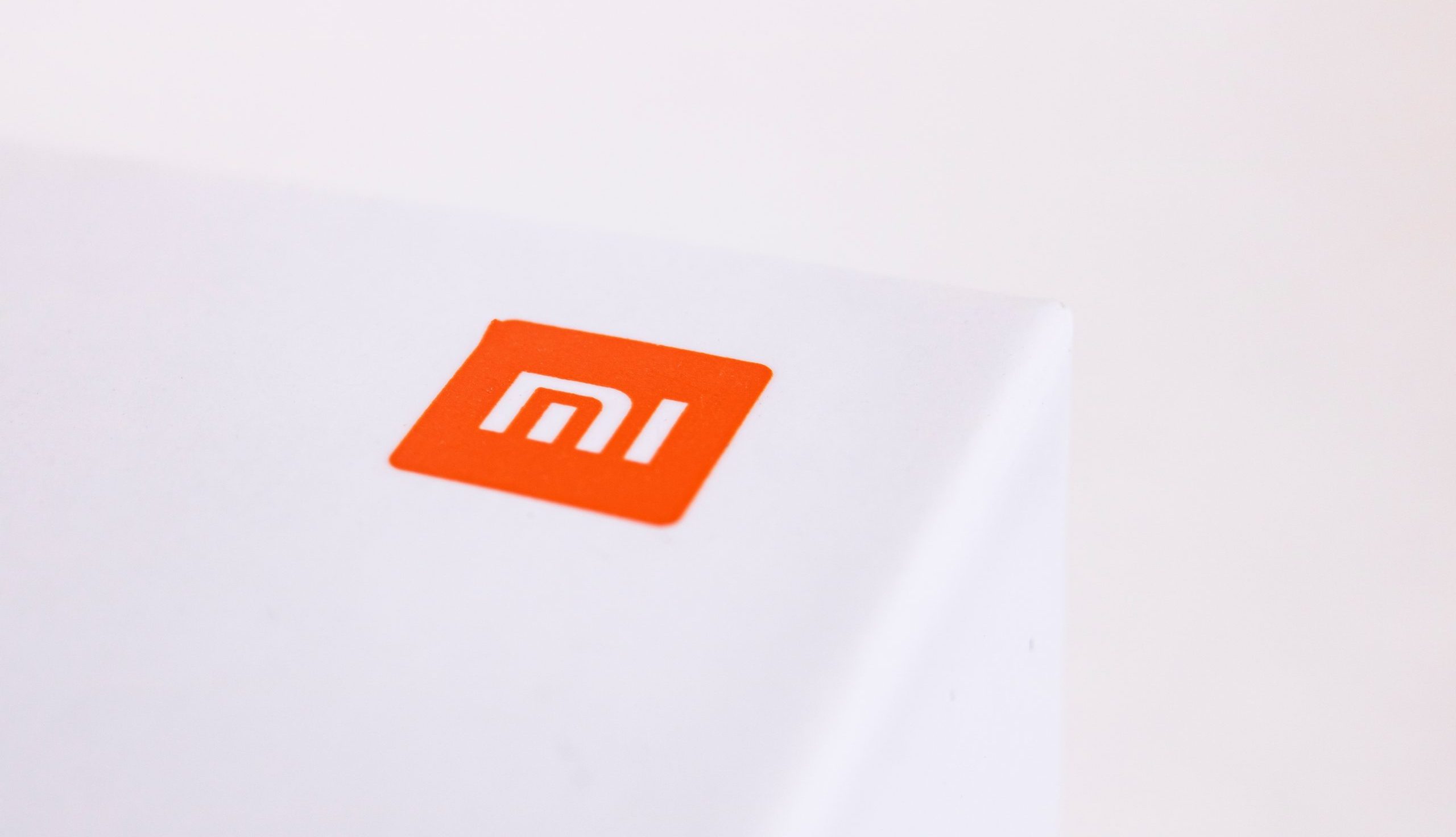Our solar system is much like a trail of microcosmic breadcrumbs: Follow the molecular bits as far back as they go, and you’ll learn a thing or two about where many of our planets and other celestial formations came from. When tracing the roots of our cosmic sun kingdom, there’s a good chance you’ve come across two astronomical terms: protoplanet and dwarf planet. A protoplanet is a planetary body that’s still actively developing. A dwarf planet is a fully-developed planetary body that doesn’t qualify as a full-fledged planet, because it failed to meet one of three criteria set by the International Astronomical Union (IAU).
Protoplanets and dwarf planets are remnants of our solar system’s heyday. There are even hypotheses claiming Earth is the direct result of several protoplanets beating each other up. How can this be, you may be wondering, and what exactly is the difference between a protoplanet and a dwarf planet anyway? Let’s take a closer look at the ever-expansive cosmos to find out.
What is a protoplanet?
A protoplanet is a planetary body that is still in its development phase. These celestial bodies are a common occurrence in the early stages of a solar system, when stars are on the rise. In the wake of a star’s formation, the resulting gas, rock, and ice form a rotating disk of material. These microscopic bits of matter clump together by way of electrostatic charges and gravity, eventually forming into larger celestial bodies known as planetesimals. Over time, multiple planetesimals end up orbiting a newborn star. As these larger forms collide and merge, this increase in mass leads to stronger gravitational forces. Thus, even more planetesimals are drawn to it.
It’s when these celestial structures become hundreds of miles in diameter, they are referred to as protoplanets. But that’s not the end of the cosmic journey: Protoplanets may continue to grow, eventually forming into full-sized planets with independent orbits. If a protoplanet stop growing, it may turn into a dwarf planet in the near or distant future. In summary, a protoplanet refers to a planetary body that’s still growing. Once it has come of age, it might be a big planet or a tiny moon, or gravity could simply blast it off into the far reaches of space, never to be seen or heard from again.
What is a dwarf planet?
A dwarf planet holds the middle ground of planetary classification, nestled between protoplanets and full-sized planets. Dwarf planets are fully matured inhabitants of a solar system that don’t meet the three key criteria laid out by the International Astronomical Union (IAU) to be considered an actual planet. That said, this doesn’t mean they cannot be habitable — the dwarf planet named Ceres might have what it takes to sustain life. To meet the official IAU requirements for proper planet designation, the celestial body must orbit the Sun, have enough mass to assume hydrostatic equilibrium (forming a sphere), and must have cleared its orbit of all extraneous debris.
Dwarf planets like Pluto are large enough to orbit the Sun but lack the gravitational strength to clear extraneous debris from their path, which is why the IAU stripped Pluto of its official planetary label in 2006. Interestingly, that’s not the only thing that makes Pluto different. Pluto has a unique way of cooling itself that involves haze. The particles in Pluto’s haze rise when heated helping the planet to cool down — a process uncommon among other planets.
Remember those protoplanets we discussed? You can think of a protoplanet as the embryonic stage of a dwarf planet. However, with the proper variables in place, a protoplanet has the potential to grow into a full-sized planet.












